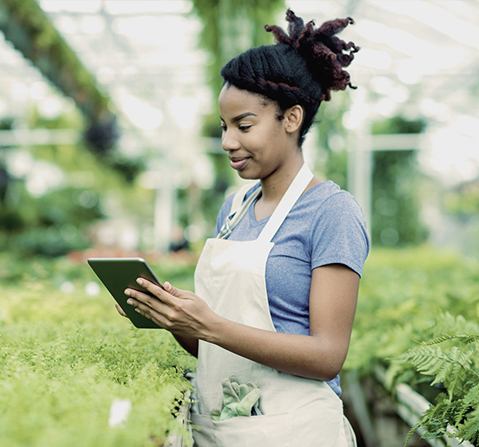Kassandra Bird embraces traditional foraging to reconnect with her roots
When Kassandra Bird lost her grandmother, she feared that she had also lost her chance to learn about the plants that grow in and around the boreal forest near her community of Air Ronge in northern Saskatchewan. But Kassandra – or ‘Kassy’ for short – soon found that she was able to reconnect with her culture and ancestors in an unexpected way.
A fork in the path

A member of the Lac La Ronge Indian Band, Kassy was drawn to a career in the trades as a carpenter. But all that changed one day as she watched her father foraging in the woods for plants for Boreal Heartland Herbal Products Ltd., a local company. Hoping to get out of the house and earn some money to support her family, one day Kassy asked to tag along with him to work. Little did she know that one simple trip would soon upend her entire career plans.
“My whole life, I never knew that these plants I see when I walk down the trail are ones that you can use, drink in teas and are quite delicious,” Kassy says. The plants can be used in everything from food and nutrition to medicine and skincare. She took to foraging herself and it wasn’t long before she began harvesting for Boreal Heartland and making teas in the company’s shop.
Kassy remained determined to pursue a career in carpentry. She left Boreal to finish her grade 12 education and she was already looking ahead to carpentry school. As she worked on her application, she continued to feel the tug of the land: it seemed there was more to learn in and around the forest of her youth.
Restarting and reconnecting
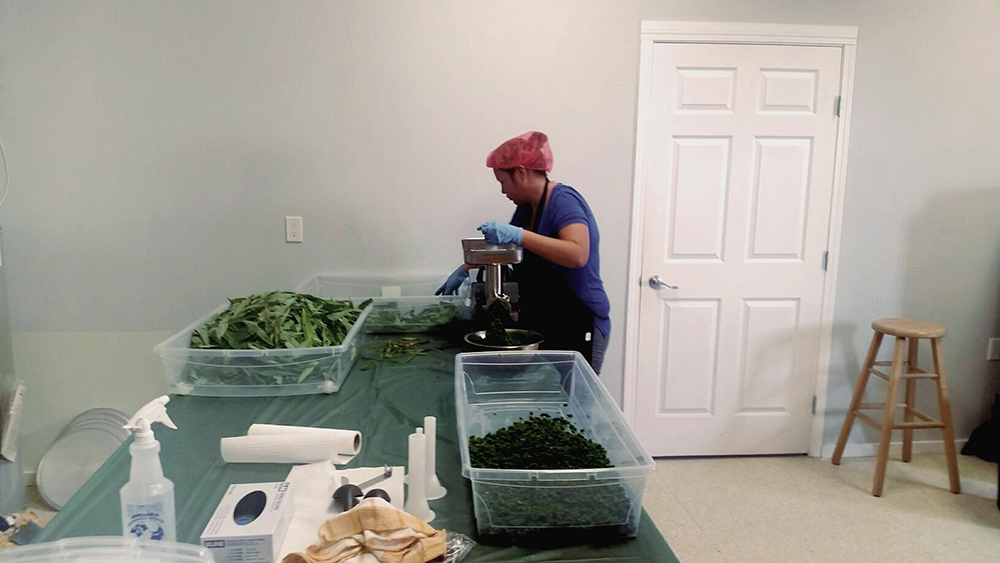
Kassy completed her schooling and submitted that application for a carpentry apprenticeship, but her future in Air Ronge was on her mind. Her calling became clearer when she reconnected with Randy Johns, co-founder and manager of Boreal Heartland. Randy, a farm boy from southern Saskatchewan, had come to the area in 1978 and learned from experienced Woodland Cree outdoorsmen and women. He had worked with the Keewatin Community Development Association to help establish Boreal Heartland as an Indigenous-owned company in 2017. The company sold chanterelle mushrooms and teas derived from local foraged ingredients. Its threefold mission is to celebrate the boreal forest habitat, provide local employment, and champion sustainable foraging practices.
Randy remembered Kassy. He saw in her the potential future of the business and the community. He wasted no time in offering her a full-time job making teas, which were now being sold across Canada.
Kassy jumped at the offer. Her time away finishing school hadn’t diminished her passion for the boreal forest one bit.
She soaked up everything she could about sustainable foraging; the “rule of thirds”, for example – leaving one-third of plants for the animals and one-third of the plants to regenerate, while harvesting the remaining third for human consumption.
Before long, Kassy had become an expert in local plants and foraging best practices. It was only a matter of time before she was promoted to the manager of all tea production - delivering presentations to local community members, recruiting foragers, and overseeing the production of all Boreal Heartland teas, mushrooms and herbs. As the company grows, so too does her reputation; the locals regularly stop her in the street to ask which herbs and plants she needs.
Though carpentry remains a part of her life, Kassy firmly believes she has found her true path. Unlocking the secrets of the plants that once mystified her has brought her closer to those who came before. “I am learning about all this stuff my grandparents never really got to tell me about,” she says. “That was one of the things that made me happiest about working here. I can't think of a better job to have than this one.”
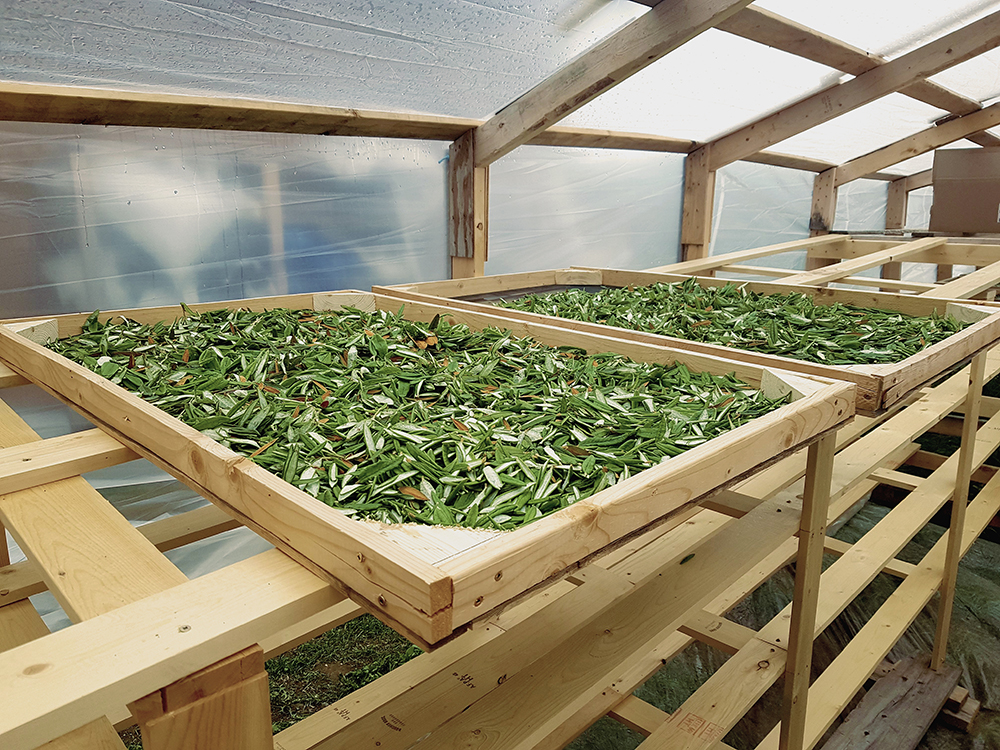
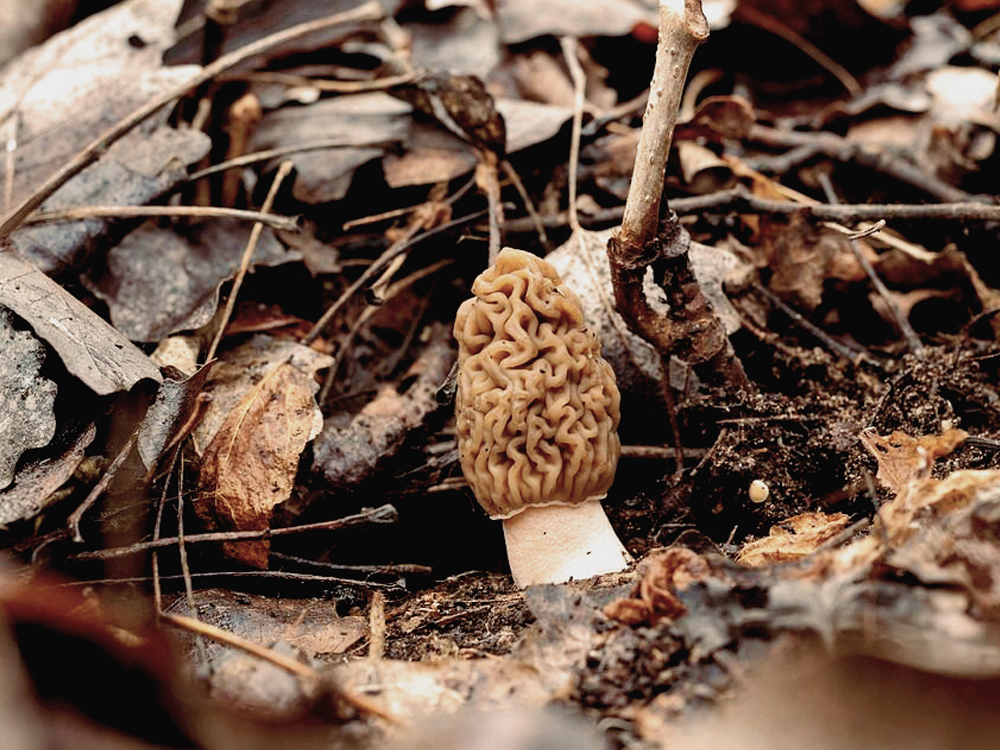
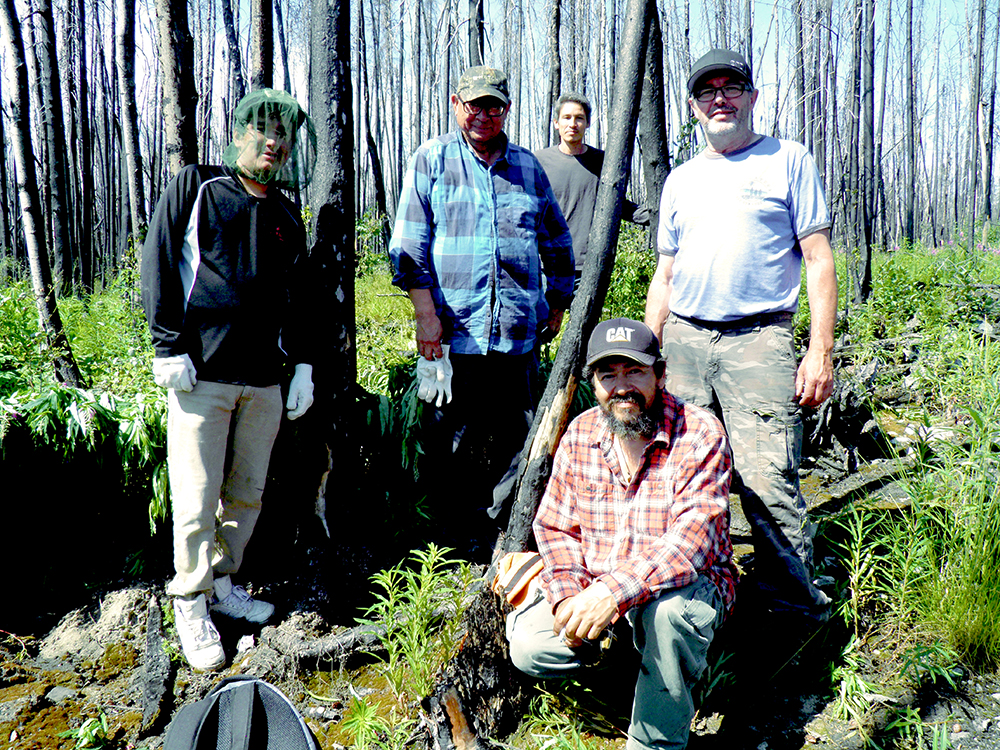

What is sustainable foraging?
Sustainable foraging is a way to gather wild plants, fruits, and other organisms while doing minimal or no damage to the environment. To fully understand the impact of foraging, it’s important to be familiar with the needs of the harvested organism, how it can be properly foraged and the way to reduce interfering with the environment.



